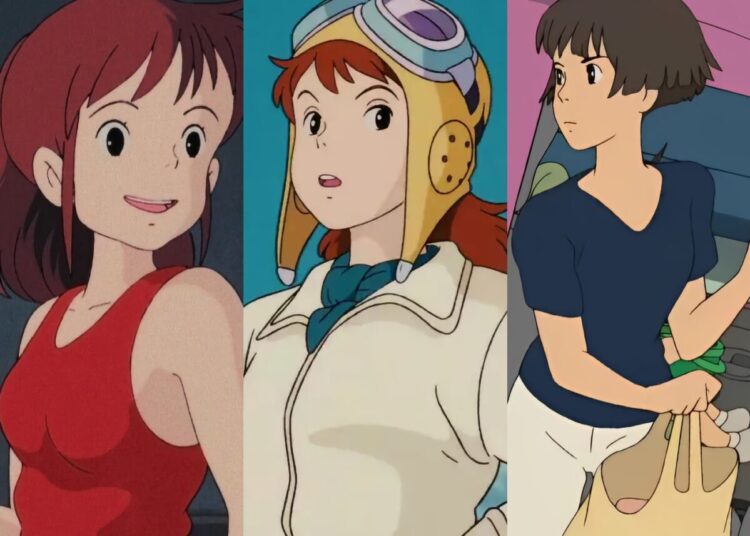You may have seen that Momofuku Ando, the Father of Instant Ramen, died recently. Momofuku, whose name meant “one hundred happiness,” was born in Taiwan and emigrated to Japan after the end of World War II. Seeing shivering customers waiting in line to buy ramen noodles, he got the idea for ramen that could be made easily at home, and started various experiments with pre-cooked noodles that eventually resulted in Chikin (sic) Ramen, released by his company Nisshin in 1958. He didn’t stop there, though: he revolutionized the noodle industry again in 1972 by inventing Cup Noodle, the first ramen in a Styrofoam cup. Initial sales were slow until the Asama Resort Hostage Incident, when members of the Japan Red Army fled from police and took a woman hostage in a resort home in Karuizawa. When the country tuned in to watch the drama unfold on TV, they saw images of policemen standing in the cold eating Cup Noodle, and sales skyrocketed. (Hayao Miyazaki made use of this image with Detective Zenigata, too.) But not every product Momofuku made turned out to be a good idea. In the 1970s Nisshin rolled out a line of instant rice called Cup Rice, but it failed because of the special place hand-washed white rice has in Japanese households. Momofuku was a smart businessman who said, “I’m not selling noodles. I’m providing more free time to my customers.” He passed away at the age of 96, still healthy and possessing all of his teeth. His secret of life? Eat instant ramen every day, and also eat a fresh sardine, head, bones and all, for the calcium.
The Japanese are nothing if not efficient, and what could be more efficient than a vending machine that works 24 hours a day and never needs health care? You can buy most anything in a vending machine in Japan, from hot canned coffee and creamed corn soup to film to tobacco and even beer — there’s a slot to stick your drivers’ license into to verify your age. Near my house, there’s a machine that sells 2-kg bags of rice in case you run out on short notice, and Tokyo’s Akihabara region is famous for canned “oden” (oh-DEN), a traditional food that includes boiled squid, radish (daikon), pressed fish (chikuwa), and eggs. Since vending machines are so ubiquitous here — there is one for every 23 Japanese — manufacturers have to keep on their toes and introduce new features that will delight their customers. One company has done just that, creating a large vending machine that dispenses a variety of drinks from Coke to green tea to a frothing cappuccino. A TV screen shows you exactly what’s happening to your drink inside the complex machine, and it’s positively mesmerizing to watch the metal arm pick up a cup and move it to the steamed milk dispenser, wait for the espresso to drop, screw on a lid for you, then place your drink on the serving tray.
If I were to wake up someday and find that I’d suddenly become immortal, perhaps I’d have enough time to write a book on the subject of Homo Sapiens Sapiens Japanus Feminas, that of the Japanese female. In the fifteen years I’ve lived in Japan, I’ve known quite a lot of Japanese females, including my wife, various ESL students, friends and a few girlfriends (not in that order), yet I’d be lying if I said that they were anything but a mystery to me. A primary characteristic of Japanese women is that they generally live by the mantra chanto suru, meaning “do everything properly, the way it’s supposed to be done,” and you can see this reflected in many ways. Japanese females are very organized and are apt to suddenly pull out daily calendar books and schedule dates weeks or months in advance. They’re also very meticulous when it comes to money, and it can be entertaining to watch two or more Japanese females eat at a restaurant then spend five minutes calculating who should pay for what down to the last yen. If taking a trip, try to have a Japanese woman plan it for you and everything will go much more smoothly, something I learned when we took our vacation to Guam last year. Many Japanese females have a highly refined sense of kawaii, or cuteness, whether it’s decorating their room in Hello Kitty or referring to themselves in the third person to create a mysterious yet “coquettish” image. Judging from the success of our wacky kanji T-shirt that says “Now Accepting Applications for a Japanese Girlfriend,” I’m not the only one fascinated by the enigma of Japanese women. We hope that J-List can help you understand these wonderful creatures a little better.
In addition to our world-famous wacky Japanese T-shirts, J-List also makes hooded sweatshirts that are incredibly soft and warm, just the thing to have around in the chillier months. Today we’re happy to announce the return of the popular Caroline Blue Totoro Hoodie, which had been taken out of circulation while we searched for a new company to supply us with the uniquely colored blanks. Like all our other hooded sweatshirts, these Totoro hoodies are the best money can buy, made with extra-soft 80-20 blends that will stay soft through many washings, far superior to the 50-50 blends at other companies. All T-shirts and hoodies are printed in the USA by our expert staff in San Diego, and of course all sizes are full U.S. sizes. Why not browse our selection of hoodies for yourself or someone you know who would love to be wrapped in a warm kanji message?















